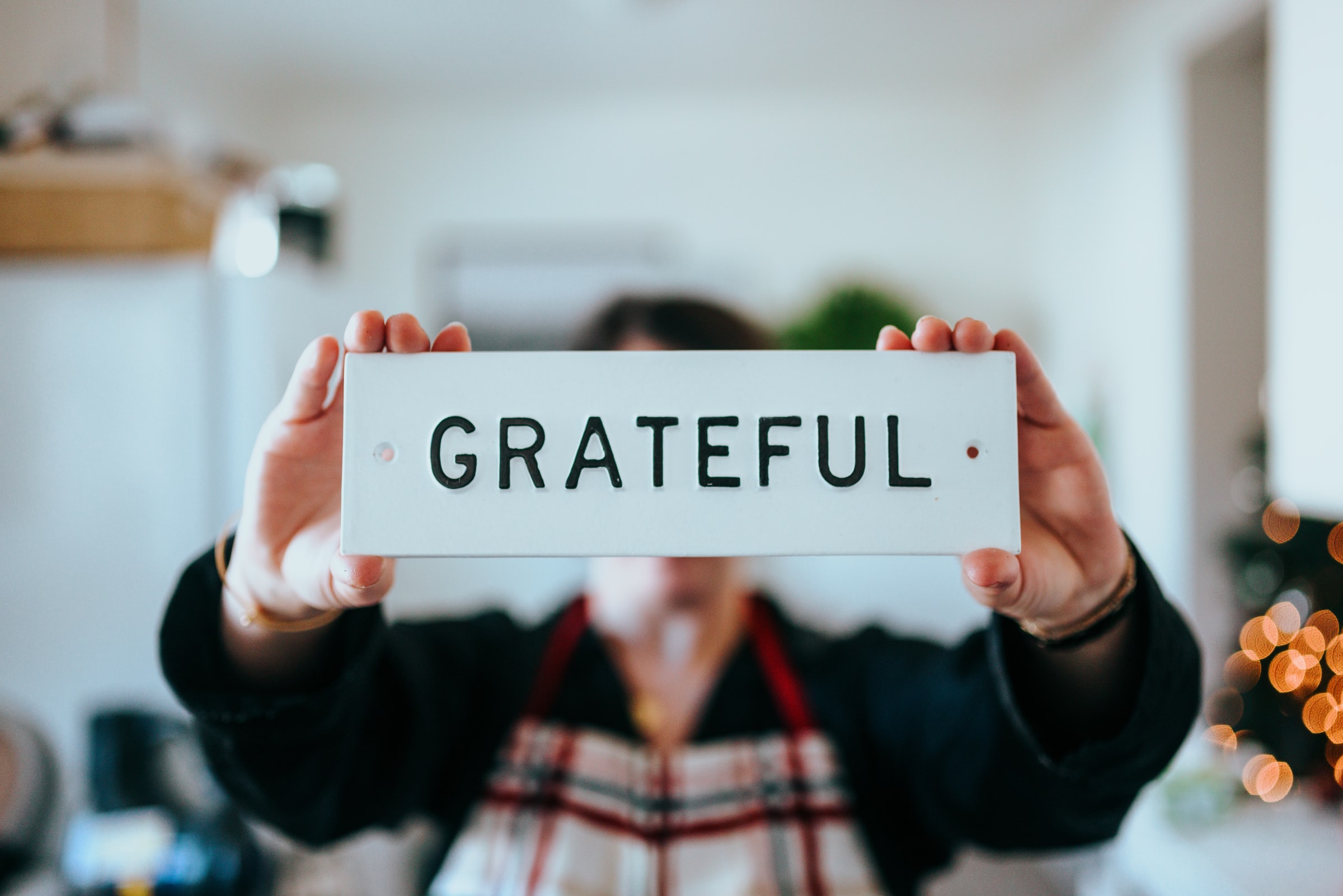As life is starting to return to normal and Covid-19 regulations are lifted, it is easy to look back and think of the challenges that this year brought. It is a lot harder to think about the positive moments and the moments deserving of gratitude throughout the year. In fact, most people often take positive experiences for granted, letting the negatives cloud our perception of reality. Not being grateful is nothing to feel bad about; most people don’t recognize the good around them on a daily basis. However, practicing gratitude has many benefits for your wellbeing and relationships with others.
Benefits of Gratitude
Research from the positive psychology literature suggests that gratitude is consistently correlated with better well-being. Gratitude can lead to greater levels of happiness and improved physical and psychological health. Practicing gratitude can increase optimism and help people feel better about their current situation. It can also improve relationships and enhance your social connection with others.
While gratitude may seem like a trite concept, there is truly something behind it. And there are simple and effective ways to show gratitude and improve your happiness and well-being.
Gratitude Exercises to Try Today
- Start a gratitude journal with 3 things you are grateful for per day. By keeping a daily gratitude journal, you train your brain to look for the good. With practice, finding the good becomes easier and your outlook on life can be altered. Try to find new things to be grateful for everyday.
- Create a gratitude jar or box. Write small notes with things that you are grateful for and place them in the jar. The notes can be about experiences, things, or people that you are grateful for. You can have a jar in your house and empty it out at the end of week, month, or year so you can reflect back on positive experiences. For teachers, you can have a jar in your classroom and have students write things down to add to the jar! For all other professions, a gratitude jar is great in any office.
- Write a letter of gratitude to someone who has never been properly thanked for their kindness. Sending the letter is good, but hand delivering it and reading it to them is even better. Research shows that this exercise greatly increased happiness scores for a whole month after the exercise.
- If you want something you can do on a more consistent basis, send a text or email to someone who did something that you appreciate. While the other person may see their favor or help as no big deal, getting a text, email, or phone call at a later time in the day lets them know that you truly appreciate what they did. They’ll feel good that they were able to help and chances are, that small thank you will brighten their day.
- Make a gratitude collage or photo album. See something you’re grateful for? Snap a picture of it! Pictures can be of simple things that bring you joy such as your favorite flowers, a sunset, important people in your life, etc. You can create a photo album in your phone, or you can print out the pictures and make a collage or album of them. Having a visual representation of things you are grateful for is a great way to see all of the good in your life.
If you’re not yet sold on how gratitude can improve your life, try it out for yourself. The exercises above are totally doable and they will get easier with practice. You may be surprised with the results when you set the intention to become more mindful of the things you are grateful for!

